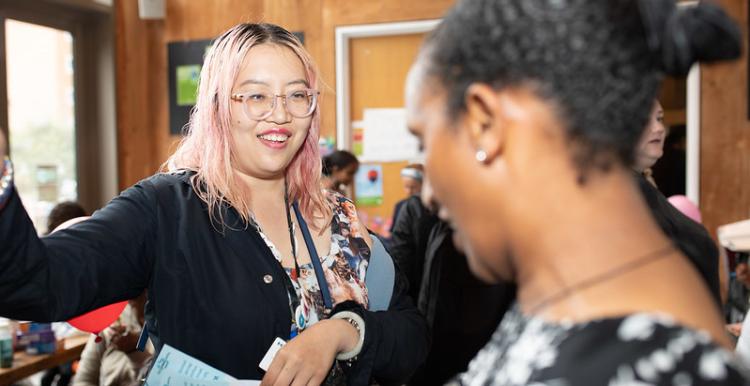Securing the future sustainability of Healthwatch

As you will be aware, ensuring the sustainability of the Healthwatch network is a top priority for Healthwatch England. We know that the current model is at breaking point, with considerable variation across the network and a collective real-terms budget at less than half of what it was in 2013/14.
We have also seen some instances where local authorities cannot award a contract due to no viable provider being willing to deliver the Healthwatch for the available funds. Of course, many Healthwatch do excellent work despite their limited resources, but they often operate with considerable uncertainty regarding their future and face challenges recruiting and retaining staff.
I want to express my thanks for the invaluable contribution made by Healthwatch in shaping our thinking on the future of Healthwatch. Over the past several months, we have engaged with over 100 Healthwatch and the same number of local authorities. We also received insightful feedback and proposals from an independent agency, Kaleidoscope, following comprehensive interviews with representatives from Healthwatch, local authorities, and integrated care boards.
Kaleidoscope's findings, recommendations and next steps
What stands out from our findings is the collective recognition of both the opportunities and challenges within the network, accompanied by a consensus on effective strategies to address them, while also acknowledging diverse perspectives. It's clear that the primary concern revolves around insufficient funding and significant disparities across the network – brought about due to lack of ring fencing.
The primary recommendation proposes that Healthwatch England should lead the commissioning of Healthwatch services. This proposal aims to achieve a fairer distribution of funding, establish longer-term contracts, and improve consistency across the network, all while safeguarding Healthwatch independence and addressing community needs. While we acknowledge that each approach has its strengths and weaknesses, we're at the very early stages of developing a model and keen to explore deeper into these proposals with your input to maximize strengths and mitigate weaknesses.
It's important to remember that these are findings and proposals. Ultimately, implementation of the main recommendation would require primary legislation, which is beyond the control of Healthwatch England. There are numerous steps to be taken along the way, including those that can be enacted without legislative change to enhance our effectiveness – again which we would like to explore further with you.
We are organising a series of further webinars (see below) to gather your feedback on these proposals, which will be instrumental in refining our strategies. During these sessions, we will also outline the next steps forward, including further engagement with you. Once again, I extend my appreciation for your invaluable input and collaboration.
How you can get involved
Following the recent conversations, we are running a series of futher sessions which will involve a short presentation on the findings and proposals, plus an opportunity for you to contribute to shaping the proposals further.
These events are for anyone in a Healthwatch (please note - those on 16 and 28 May are specifically set aside for chairs and board members) as we want to hear everyone’s views on how we can secure the future sustainability of Healthwatch.
